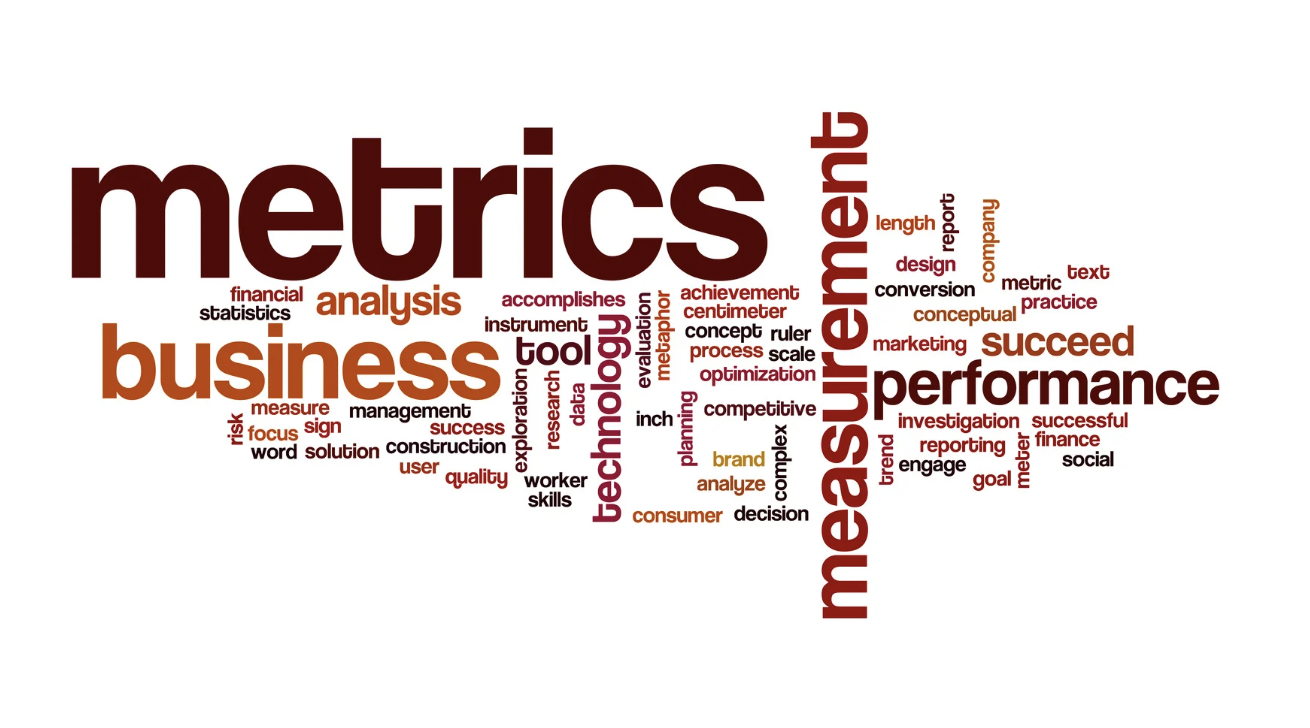How to Maximize Your Annual Appeal Through Donor Segmentation: A Tailored, People-Centered Approach
Are you gearing up for your annual appeal and wondering how to maximize your efforts?
Nonprofits often struggle to get the most out of their annual appeal. A single, uniform message sent to a broad donor base rarely captures the attention or engagement needed to achieve optimal results. This can lead to lower response rates and missed opportunities, as donors don’t feel personally connected to the ask.
At Mission Advancement, we specialize in relationship-based fundraising and have guided hundreds of organizations to success by leveraging the power of people-centered donor engagement. When it comes to annual appeals, we know a more tailored communication can…
- Generate higher annual appeal participation
- Build stronger, more personal connections to donors, and
- Drive greater giving results
This article outlines how to implement donor segmentation as a strategic way to maximize your annual appeal. We’ll walk through three essential steps for successfully executing a segmented appeal strategy:
1) Identifying relevant donor segments
2) Selecting the most appropriate messenger for the respective segment’s appeal, and
3) Solicitating major donors outside of the annual appeal process
The Power of Donor Segmentation in Annual Appeals
Annual appeals are a foundational fundraising strategy for nearly every nonprofit. But most nonprofits execute their annual appeal by sending the same, general letter to their entire donor database, missing an opportunity to more personally connect and engage a donor.
Donors have unique relationships with your organization and its mission – a one-size fits all appeal rarely connects with them. Enter donor segmentation. Even in the broad annual appeal process there is an opportunity to…
- More directly connect a donor to your organization, and
- Tailor the message to speak to a donor’s interest, experience and preference
When you customize your messaging, you show donors you understand their individual connection to your organization, making them more likely to give and engage.
So, how do you effectively execute a segmented appeals strategy?
Step 1: Determine Relevant Segments
Donor segmentation is the process of dividing your donor base into distinct groups based on shared characteristics, behaviors, or relationships with your organization. This allows you to craft tailored messages that speak directly to each group’s unique motivations and connection to your mission.
When determining relevant segments, consider the following:
- Donor Role and Involvement: Board members, volunteers, alumni, and parents each have different levels of involvement and investment in your organization
- Giving History: Longtime donors, new donors, lapsed donors, and major donors each represent a different relationship to your organization and; therefore, require different messaging
- Demographics and Interests: Age, professional background, geographic location, and specific interests can also play a role in creating segments that feel relevant and personalized
Examples of Key Segments
- Current and Former Board Members
Board members are passionate about your mission. They share deep insights into your organization’s needs and are deeply invested in its success. Because of their level of engagement, they may respond better to a highly personalized appeal that emphasizes shared responsibility and long-term organizational goals.
- Volunteers
Volunteers contribute their time and energy and may already feel a deep emotional connection to your mission. Recognizing their time commitment in the appeal and explaining how their financial contribution would complement their volunteer efforts can resonate more deeply than a standard message.
- School Alumni and Parents
Schools have a wealth of opportunities to segment their donor base. Parents of lower school students, for instance, may respond more to messaging that emphasizes immediate impact, while upper school parents or alumni may be more motivated by legacy-building and long-term influence.
- New Donors vs. Longtime Donors
New donors may be unfamiliar with the full scope of your organization’s impact, so your appeal should introduce them to the broader vision and invite them to take their next step in supporting your cause. On the other hand, longtime donors should receive communications that celebrate their loyalty and highlight the lasting impact their previous support has had.
By identifying and targeting specific segments, you can create appeals that feel relevant to each group, increasing the likelihood of engagement and a positive response.
Step 2: Choose the Right Messenger for Each Segment
The person delivering the message can shape how the donor perceives the ask. A message from someone who shares similar experiences or holds a relatable position within the organization can establish trust, demonstrating that the ask comes from a place of understanding.
For example, a peer-to-peer appeal often works well because the sender can speak from common ground, while leadership-level messengers, like the CEO, can offer a big-picture view of the organization’s future.
When selecting the right messenger for each donor segment, consider who will be most credible, relatable, and persuasive to the intended audience. The right messenger can help establish a personal connection with the donor, making the ask more compelling.
Importantly, the organization can draft the letter for the messenger or sender, particularly when the messenger is a volunteer. This helps ensure there is consistency in tone and messaging while still allowing the sender’s voice and connection to shine through.
For purposes of this article, we will use ‘author’, ‘messenger’ and ‘sender’ interchangeably, understanding that the organization is likely drafting the actual letter.
Examples of Effective Messengers
Current or Former Board Members to Other Board Members
Why it works: A peer-to-peer appeal from someone who understands the responsibilities of board service can be especially compelling. Board members share a unique perspective on the organization’s governance and long-term goals, so this message can highlight shared goals and mutual dedication to the mission.
Example: “As a fellow board member, I’ve seen firsthand the impact our leadership can make. I’m asking you to join me in supporting our mission with a leadership-level gift this year.”
Volunteers to Volunteers
Why it works: Volunteers already give their time, so a financial ask needs to come from someone who understands their commitment. A fellow volunteer can speak more personally about the value of contributing both time and resources.
Example: “Like you, I’ve dedicated my time to this organization because I believe in its importance. This year, I’m also giving financially, and I’m asking you to consider doing the same to help further the mission.”
Alumni to Alumni (for Schools)
Why it works: Alumni share a deep connection to their alma mater, and hearing from a respected peer can evoke a sense of pride and a desire to give back. This is especially true when the alum author is well-known within the alumni community or has a meaningful personal story about the institution’s impact on their life.
Example: “As an alum, I know the transformative experience our school provides. I’m asking you to join me in giving back to ensure future students have the same opportunities.”
When the CEO Makes Sense
Why it works: The CEO or Executive Director is often the face of the organization and can offer a broader, more strategic perspective. A letter from the CEO can convey the organization’s vision, current challenges, and future goals.
Example: “As the leader of this organization, I see every day the impact we’re making—and the opportunities ahead. To meet the growing demand for our services, I’m asking for your leadership support of this year’s annual fund.”
Program Leaders to Specific Donor Groups
Why it works: If a donor/donor segment has a deep connection to a specific program or initiative within your organization, having a program leader make the ask can add credibility and offer a closer look at how the donation will directly impact the program. Program directors or department heads can speak from their day-to-day experience in a way that demonstrates the immediate needs and outcomes of their work.
Example: “As the head of our community outreach program, I’ve seen the transformative power of our services. We’re facing unprecedented demand, and I’m asking for your help to expand our capacity and serve more families.”
Drafting the Letter for the Messenger
To ensure consistency in messaging, the organization should draft the letter on behalf of the sender. This approach keeps the messaging aligned overall while allowing the respective messenger to add their personal touch.
Drafting the letter also makes it easier for busy leaders, board members, and volunteers to participate in the appeal without the burden of writing the entire message themselves.
By drafting the letter, you ensure the appeal remains clear, focused, and aligned with your organization’s goals, while the messenger’s personal voice and connection to the segment remains evident and represented.
Step 3: Ensure Major Donors Receive 1:1 Asks
While donor segmentation is an effective tool for most of your donor base, your largest and most influential supporters should receive a more personalized touch. Solicitation of major donors should occur outside of the annual appeal process. Major donors typically expect deeper engagement – sending them a general appeal letter can feel impersonal and disconnected.
Additionally, making specific asks related to the needs of the organization and the donor’s interest can heighten their connection and motivation. A targeted ask provides clarity and direction to the donor, making it easier to respond to.
Why 1:1 Asks Matter
Major donors often contribute significantly to your fundraising goals. These gifts can have a transformational impact on your organization, making it crucial to cultivate and maintain strong, personal relationships with these individuals. A blanket appeal sent in the mail simply doesn’t carry the same weight as a 1:1, personalized approach.
A 1:1 ask also gives you the opportunity to engage directly with the donor, understand their motivations, and tailor the ask based on their interests, previous giving history, and future potential. This approach shows the donor they are valued and their relationship with your organization goes beyond financial transactions.
Strategies for Personalized Asks:
- Schedule Personal Conversations
Engaging major donors in-person allows for deeper discussion about the organization’s needs and how the donor can make a direct impact. Face-to-face or personalized interactions foster a sense of connection and give the donor the opportunity to ask questions, express preferences, and feel fully invested in the organization’s future.
- Reference Past Giving
When making a 1:1 ask, always acknowledge the donor’s past contributions and describe the tangible impact their gifts have made. All donors appreciate hearing how their funds have directly influenced your programs and initiatives – major donors expect it. Intentionally following up to share the impact a donor has made also creates a natural opportunity to ask for renewed or increased support.
- Tailor the Ask to Their Interests
Whether a donor is passionate about a particular initiative (like scholarships) or a specific aspect of your mission, ensure your ask is aligned with what matters most to them. Craft a message specifically for the donor that connects to their interests, values, and relationship with your organization.
Similarly, asks to major donors should align with their preferred, or historical, time of year to give.
Personalized asks show the donor you value them and are paying attention to their interests, passions and preferences.
By treating major donors with the care and attention they deserve, you not only increase the likelihood of receiving a significant gift but also deepen their long-term connection to your organization.
Bringing It All Together: How Segmentation Fuels Your Fundraising Success
Sending out the same generic message to your entire donor base can lead to low engagement and limited response, leaving organizations wondering why their efforts aren’t yielding the desired results and leaving donors disconnected from the mission.
Donor segmentation is a key strategy for maximizing the effectiveness of your annual appeal. By identifying relevant segments, selecting the right messenger for each appeal, and ensuring major donors are personally solicited outside of the annual appeal, you create a more engaging and targeted approach that resonates with your supporters.
Nonprofits that take a blanket approach to annual appeals often miss out on meaningful opportunities to build deeper relationships with their donors. A well-executed segmentation strategy counters this by ensuring donors feels personally valued and connected to your organization’s mission.
At Mission Advancement, we specialize in people-centered fundraising that focuses on creating personalized engagement strategies that build lasting donor connections and maximize fundraising outcomes.
Now is the time to adopt a donor segmentation strategy for your next annual appeal.
By following these three key elements—determining relevant, meaningful donor segments, identifying and enlisting compelling partners to make the appeal, and ensuring personalized attention and solicitations of major donors—you can enhance donor engagement, increase giving, and build stronger relationships for long-term success.
Want to learn more about how to apply a segmented appeals strategy to your organization, given your specific needs and resources and given your donor base? Get in touch with us and speak to a consultant today!



